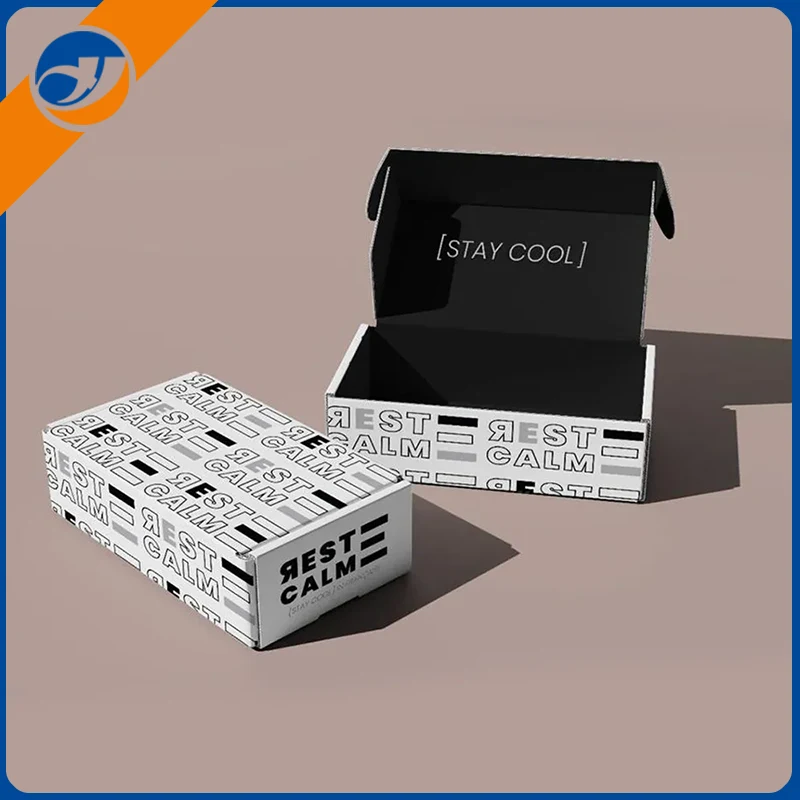What Makes an Airplane Box Essential for Safe and Efficient Transport?
2025-03-03
When it comes to transporting valuable cargo, airplane boxes play a critical role in ensuring safety, durability, and efficiency. Whether used for airline catering, cargo storage, or transporting fragile equipment, these boxes are designed to withstand the demanding conditions of air travel. But what makes an airplane box so special, and why is it a preferred choice for aviation logistics?
1. What Is an Airplane Box?
An airplane box is a specialized container designed for air transport. It is built with lightweight, high-strength materials to ensure maximum protection while meeting aviation industry standards. These boxes are used for food storage, cargo transport, and sensitive equipment handling, making them an essential part of modern air travel.
2. Key Features of an Airplane Box
Lightweight yet Durable – Made from aluminum, reinforced plastic, or composite materials for optimal weight efficiency.
Impact & Shock Resistance – Protects contents from vibrations, turbulence, and external pressure.
Temperature Control Options – Some airplane boxes are designed with insulated layers to maintain food freshness or sensitive cargo conditions.
Stackable & Space-Saving Design – Maximizes cargo space efficiency in airplane storage.
Compliance with Aviation Standards – Meets FAA, IATA, and airline-specific safety regulations.
3. Types of Airplane Boxes and Their Uses
(1) Airline Catering Boxes
- Purpose: Used for storing and transporting in-flight meals, beverages, and catering equipment.
- Key Features: Insulated, lightweight, and designed for easy stacking in airline galleys.
(2) Cargo Transport Boxes
- Purpose: Used for shipping goods, electronics, and high-value cargo.
- Key Features: High-strength construction, lockable security features, and impact resistance.
(3) Equipment & Fragile Goods Transport Boxes
- Purpose: Protects sensitive instruments, medical equipment, and fragile materials during flights.
- Key Features: Shock-absorbing design, secure foam lining, and anti-vibration properties.
4. Benefits of Using an Airplane Box for Transport
Maximum Protection: Prevents damage, breakage, and temperature fluctuations.
Efficient Space Utilization: Designed to fit within aircraft storage compartments without wasting space.
Lightweight for Fuel Efficiency: Reduces overall aircraft weight, leading to lower fuel consumption.
Secure & Tamper-Proof: Equipped with locks and seals to prevent unauthorized access.
Reusable & Cost-Effective: Many airplane boxes are designed for repeated use, reducing waste and cost.
5. How to Choose the Right Airplane Box?
When selecting an airplane box, consider the following:
- Material & Durability: Choose a box made from high-strength materials to withstand rough handling.
- Size & Weight: Ensure it meets airline cargo specifications while being lightweight for cost efficiency.
- Security Features: If transporting valuable items, look for lockable designs with tamper-proof features.
- Insulation Needs: For food or temperature-sensitive cargo, opt for insulated or refrigerated boxes.
An airplane box is an indispensable tool for safe, efficient, and organized transportation in aviation. Whether it’s catering services, cargo shipments, or sensitive equipment transport, choosing the right airplane box ensures maximum protection and compliance with aviation standards.
For businesses in logistics, aviation, or airline catering, investing in high-quality airplane boxes is key to delivering goods safely and efficiently across the globe!



